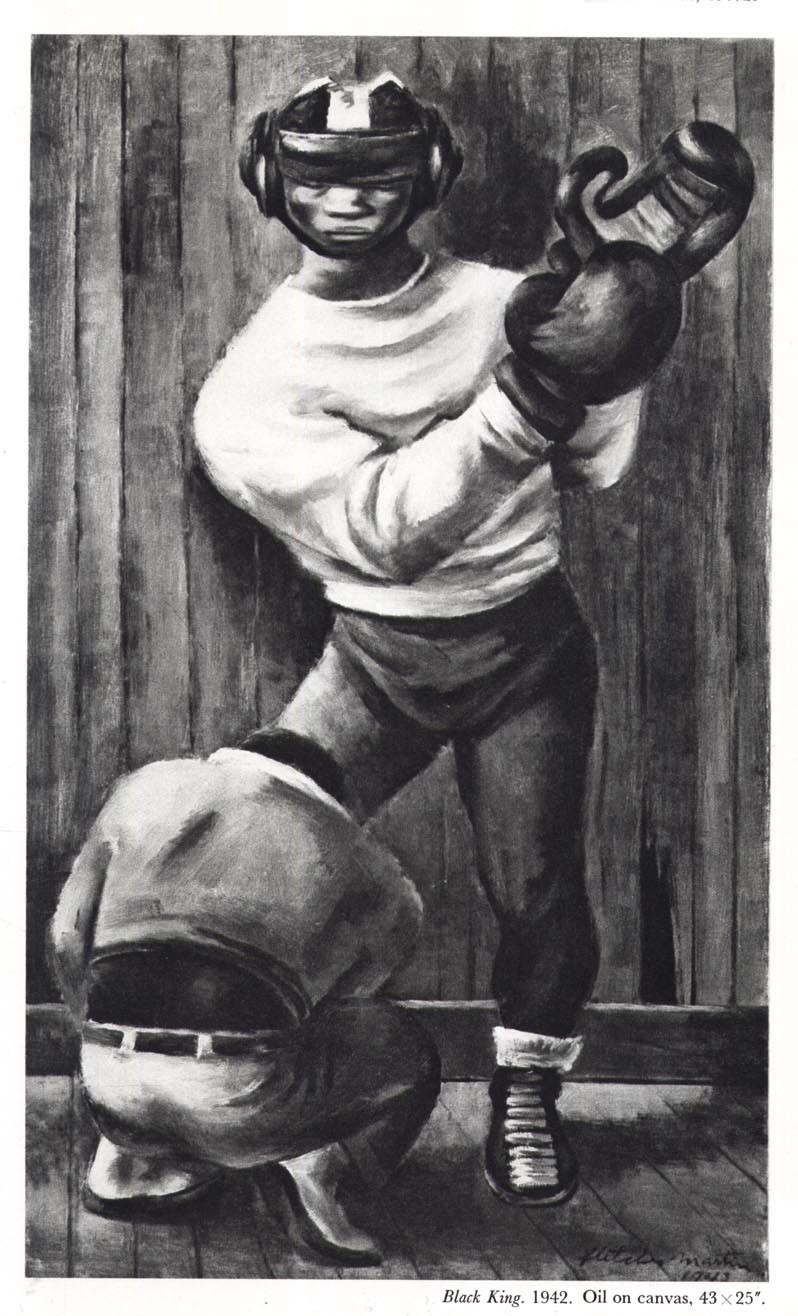
Martin replied, "There was a period when I did a lot of fight things - bullfights and prize fights. At this time I was getting a lot of attention as a new artist... Life described me as an ex-sailor, ex-fighter, who had turned painter. This kind of myth fit my appearance. I don't mean to say it was totally inaccurate. I am very much interested in sports but I like to paint other things as well."
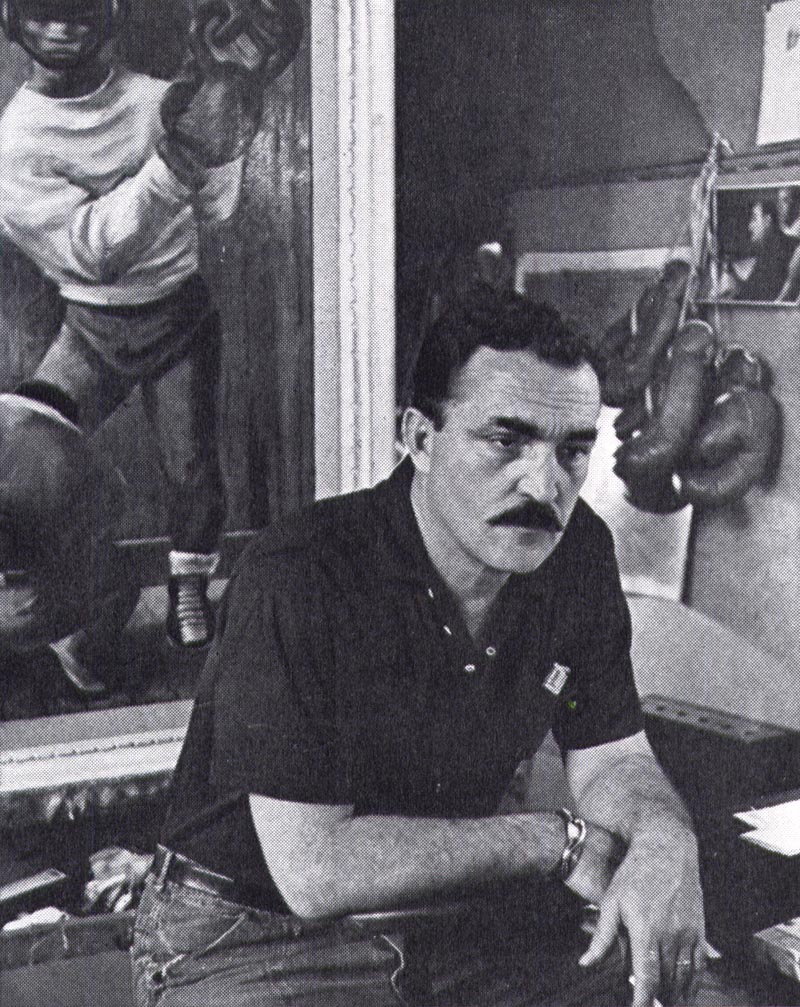
Explaining further, Martin continued, "You can make a hell of a painting about anything, but it is absolutely essential that it interests you. The more interested you are the better, provided your interest is esthetic and not just sentimental. When sentimentality permeates the picture it fails."
"[This] may sound like a contradiction but it isn't really... instead of sentimental involvement the painter should have an empathetic involvement."
Guitar pointed out that Martin had made a remarkably tender and very real painting of mother-and-child for the cover of that issue of Famous Artists Magazine, to which the artist replied, "To have an empathy doesn't mean that you must literally step into that person's shoes. You must understand, deeply and sympathetically, how the other person feels."
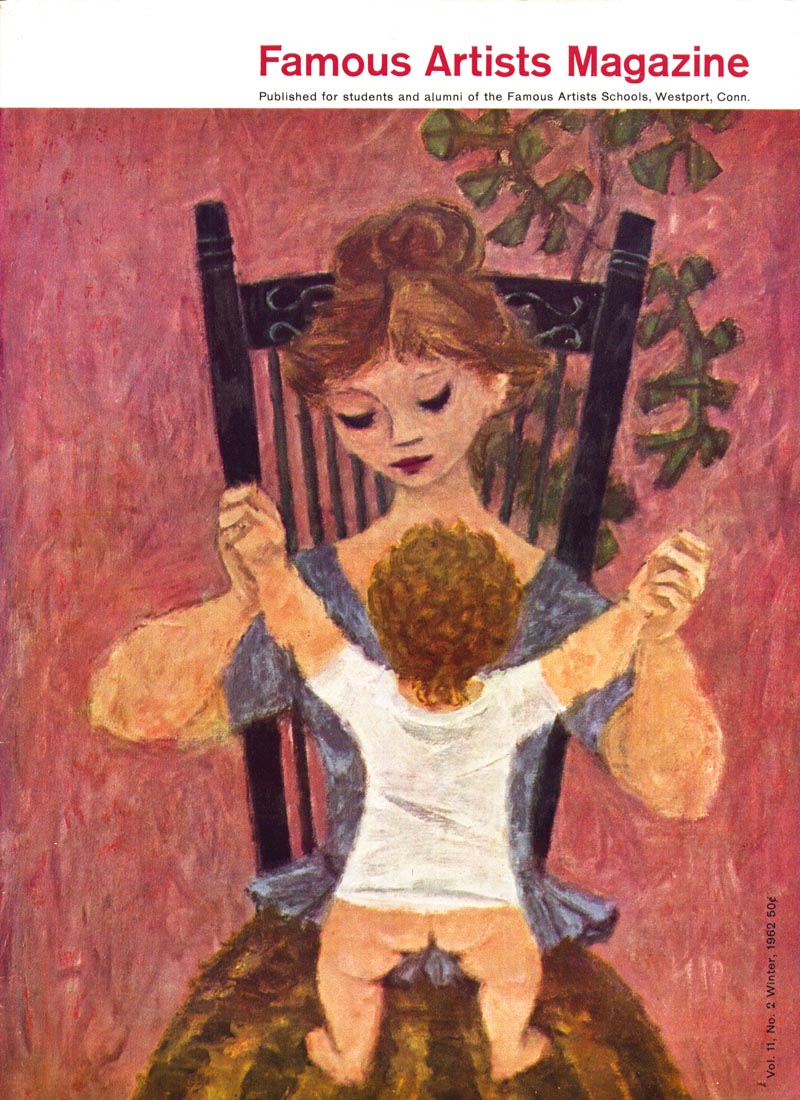
"I don't have to be a matador to paint bullfights. But I understand what the show is, what the conflict is, what the drama should be. To make an action picture you should feel the action. And when you understand fully you can be discriminating. The tourist who has never seen a bullfight before may respond only to the blood."
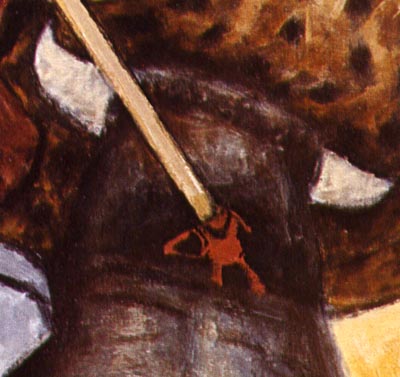
"The good things in a bullfight are the subtle relationships between the beast and the man. This is why the sport is exciting."
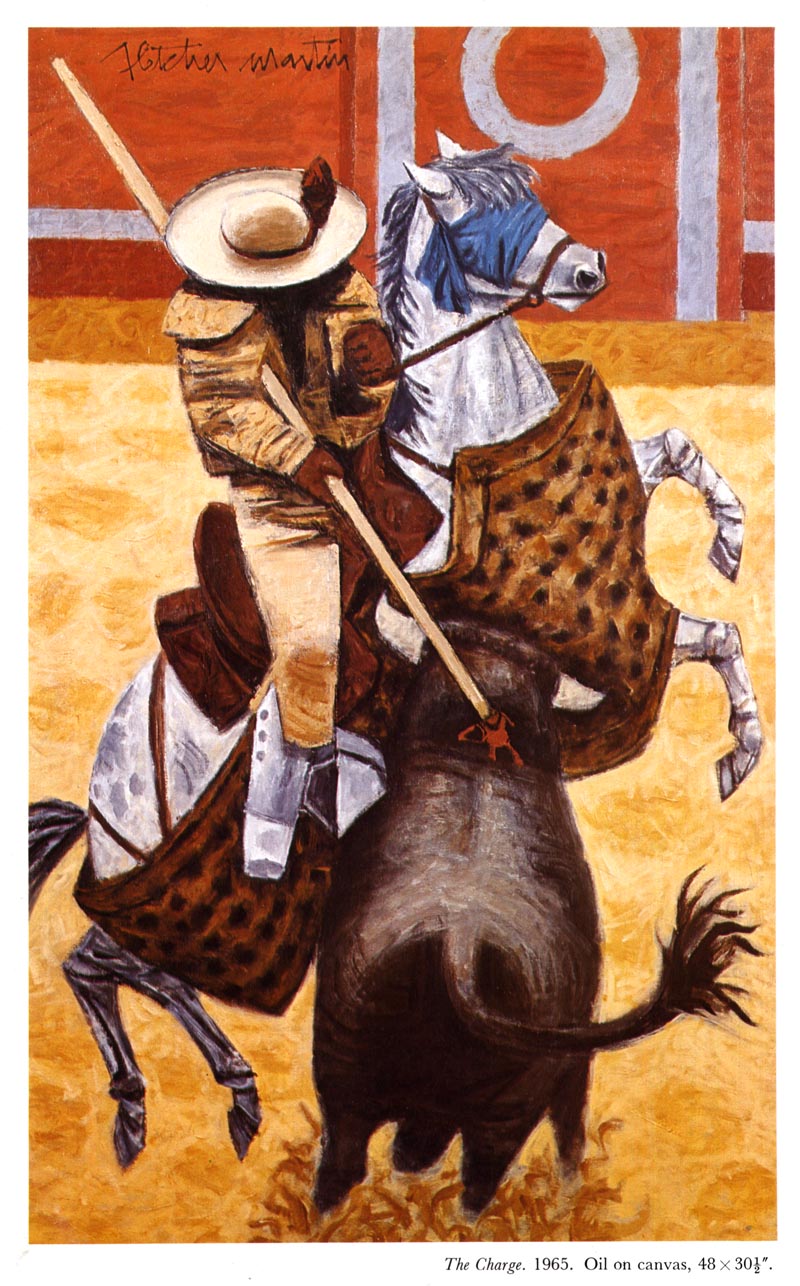
Fletcher Martin's two favourite subjects - sports and women - raised the question of how he would explain the curious contradiction - the tough and the tender - that seem to be central to his psyche. Martin replied, "The female figure just interests me. Whether it was erotic or not in the beginning I don't know."
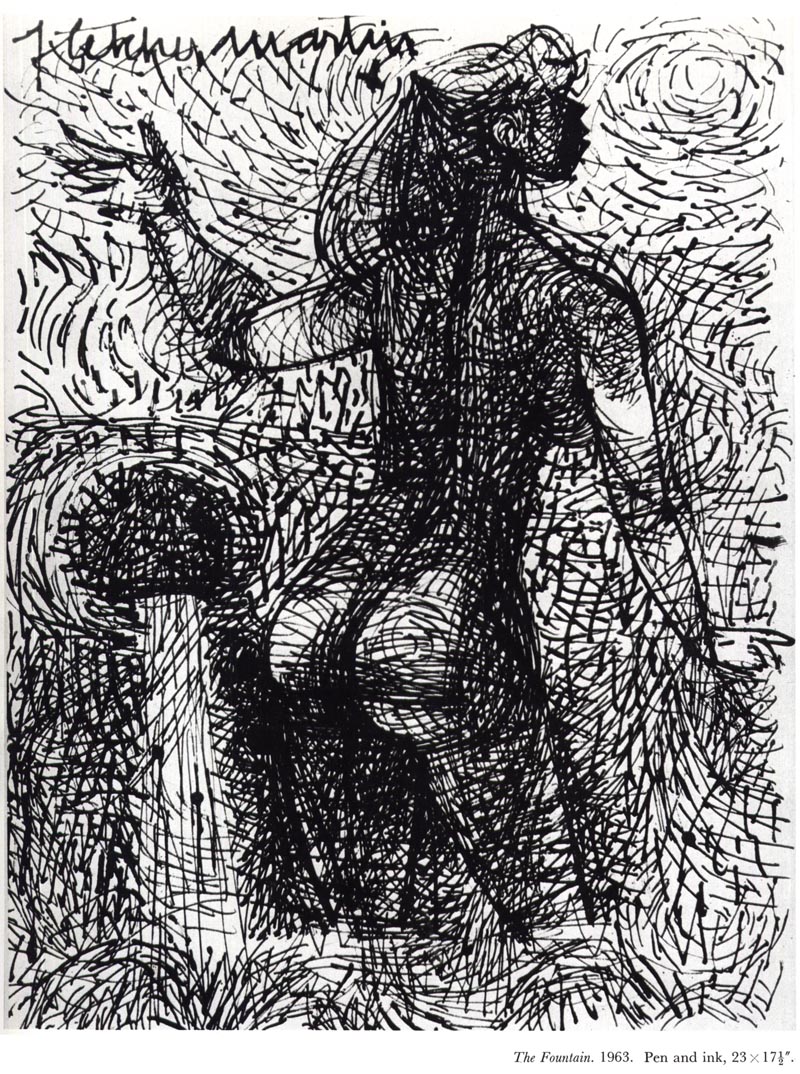
Asked about his process, Martin explained, "I find the painting while doing it. The basic conception is usually a felt thing. Then it must be established."
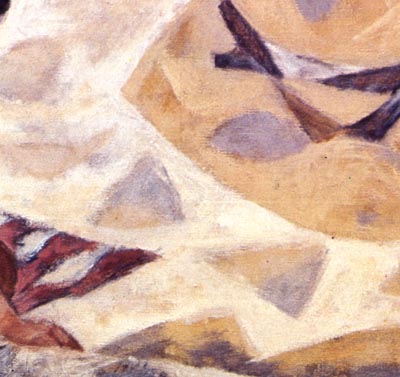
"I sometimes make drawings, many drawings of the subject I'm going to do, in order to find the attitudes which will work. I have an idea about the order of the picture, but in the course of making it many changes occur."
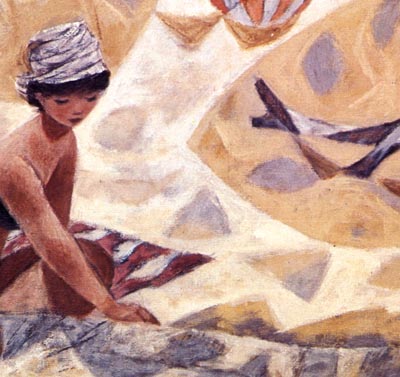
"One should always be willing to make the changes. However proud one is of any painting, it should be expendable. One should work on the whole picture - and every day. One shouldn't get too involved with any particular detail or live in the occurrence depicted. The picture itself is an object."

"A person should draw all the time, like he eats and sleeps. Every day I draw, and it doesn't have to be a drawing for something. One's power of observation should be made as acute as possible so that anything you understand you can get down without having the subject right in front of you. The tyranny of the model is a terrible thing. It is a tremendously hampering thing. When you understand the human figure you can draw the figure. You don't need a model."

"I discovered that what your eye gives you and what your heart responds to is all-important. When I go through the material I have gathered on a trip and pick up any sketch at random, I can feel the weather, smell the smells, hear the sounds that were there because I made it, no matter how long ago. It is real to me because I lived there a little while, maybe a minute, maybe an hour, but intensely."
"The good pictures, the ones you like, are always an experience."
* My Fletcher Martin Flickr set.
* For those who missed my previous posts on Fletcher Martin's career, you can read them at these links:
Part 1, Part 2, Part 3, Part 4, Part5
* Fletcher Martin's work is represented by The Fletcher Gallery
The first few times I came across Fletcher Martin's paintings, several decades ago, I wasn't all that impressed. They kinda looked dated (1940's), and didn't look like he used a model, or at least it didn't look that objective to me. SInce then, I have come to appreciate those very subjective traditional artist.. the good ones, anyway. Martin's work has a personal power, that I have grown to understand and admire. It is not the way I prefer to work, but after reading Martin's comments, they make a lot of sense to me. From my point of view, the challenge is to mix traditional objective academic draftsmanship and traditional subjective expressionism into a cohesive powerful statement. Fletcher Martin, Ben Stahl, Floyd Davis, Robert Fawcett and Al Dorne are a few illustrator/fine artists or maybe fine artist/illustrators, that were able to make that marriage successfully.
ReplyDeleteTom Watson
Thanks so much for posting Fletcher Martin's work.... fantastic stuff. Love your blog!!
ReplyDeleteI have a Fletcher Martin print title Country Boy's Christmas. Does anyone know anything about it? Thanks
ReplyDelete